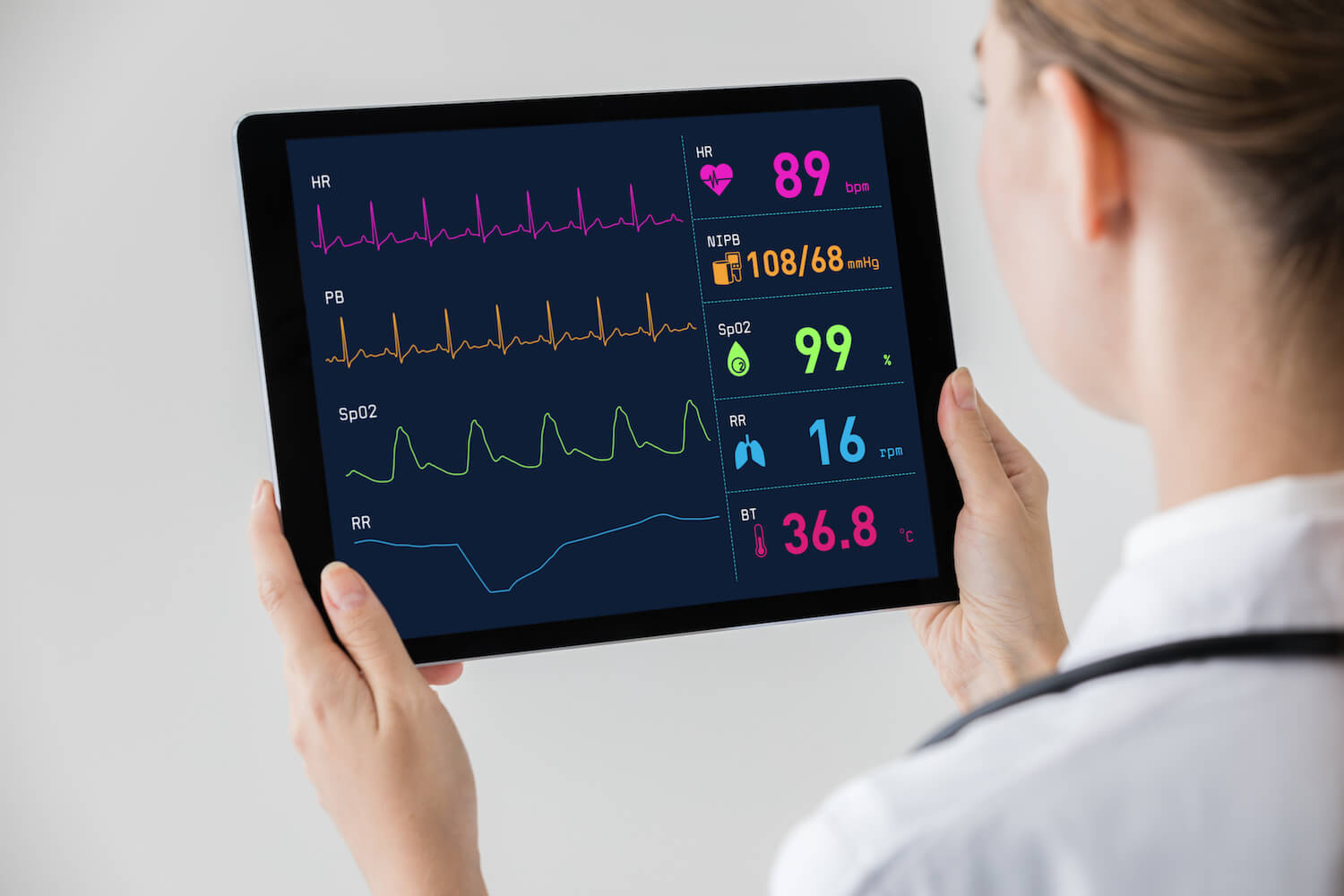How many of you have had this experience?
You go to your primary care for your annual visit. Your blood pressure is good. Your heart and lungs sound good. You get a clean bill of health from your doctor.
But does this really predict the longevity of your life?
Experts are saying not quite.
According to James Hamblin, MD., and lecturer for Yale School of Public Health, the numbers that we have traditionally used for markers of long term health are changing. We have commonly used heart rate, respiratory rate, blood pressure, and body temperature as markers of health but they may be better markers of acute health and wellness and not long term health. When these traditional vital signs are out of normal ranges, they predict acute body distress rather than long-term well being, as Hamblin reports. Measurements below or above normal ranges signal the need for immediate body or life support. They do not guarantee you a clean bill of health, they simply indicate that you aren’t in acute, life-threatening danger.
But, what if you want to know if you are on pace to live an average life or longer? What other vital signs test your longevity?
Western medicine has traditionally used age and body weight to gauge your overall longevity and well-being. The American health care system and wellness industries place moderate value on body mass index (BMI), which is essentially a height/weight ratio. Though these markets place tremendous “weight” on BMI, the ability for them to predict mortality and disease is questionable. For example, under the BMI system, people like Dwayne “The Rock” Johnson qualify as obese. On the other hand, BMI is ignored in the concept of the “skinny-fat” body type, where abdominal mass and waist circumference are much larger when compared with limb circumference. In this case, the individual may not weigh excessive amounts according to general BMI standards, but their waist line is disproportionate to their arm and leg size. Thus, BMI is an inaccurate metric to use.
Due to the above inaccuracies, it’s suggested that health is more strongly correlated with body fat percentage and distribution than overall bodyweight. As mentioned above, one can have thin limbs and a large abdomen which may combine for a “healthy” body weight. Though the weight in this case is not out of “healthy” BMI range, this distribution may not be healthy at all with high visceral or organ fat in the abdomen. However, getting a measurement of muscle to fat ratio is not simple. It can be expensive or less convenient compared to a simple BMI measurement. It also continues to draw the focus to body image in ways may increase the risk of eating disorders, depression, social isolation, and other factors that may be more dangerous than body fat itself, Hamblin points out.
Except in extreme cases, no single number gives a good idea of whether a person is functionally healthy or not. The common numbers are not directly or easily changeable. But with numbers dominating the health care landscape today, emerging data supports tracking simpler and more functional vital signs that anyone can measure. Next week, we’ll take look at some alternative vital signs and see why they might be worth further consideration.
References:
Hamblin, James. The Power of One Push Up. Health. July 27, 2019.
Written by Stephanie Muntzer, MPT, CPI
















